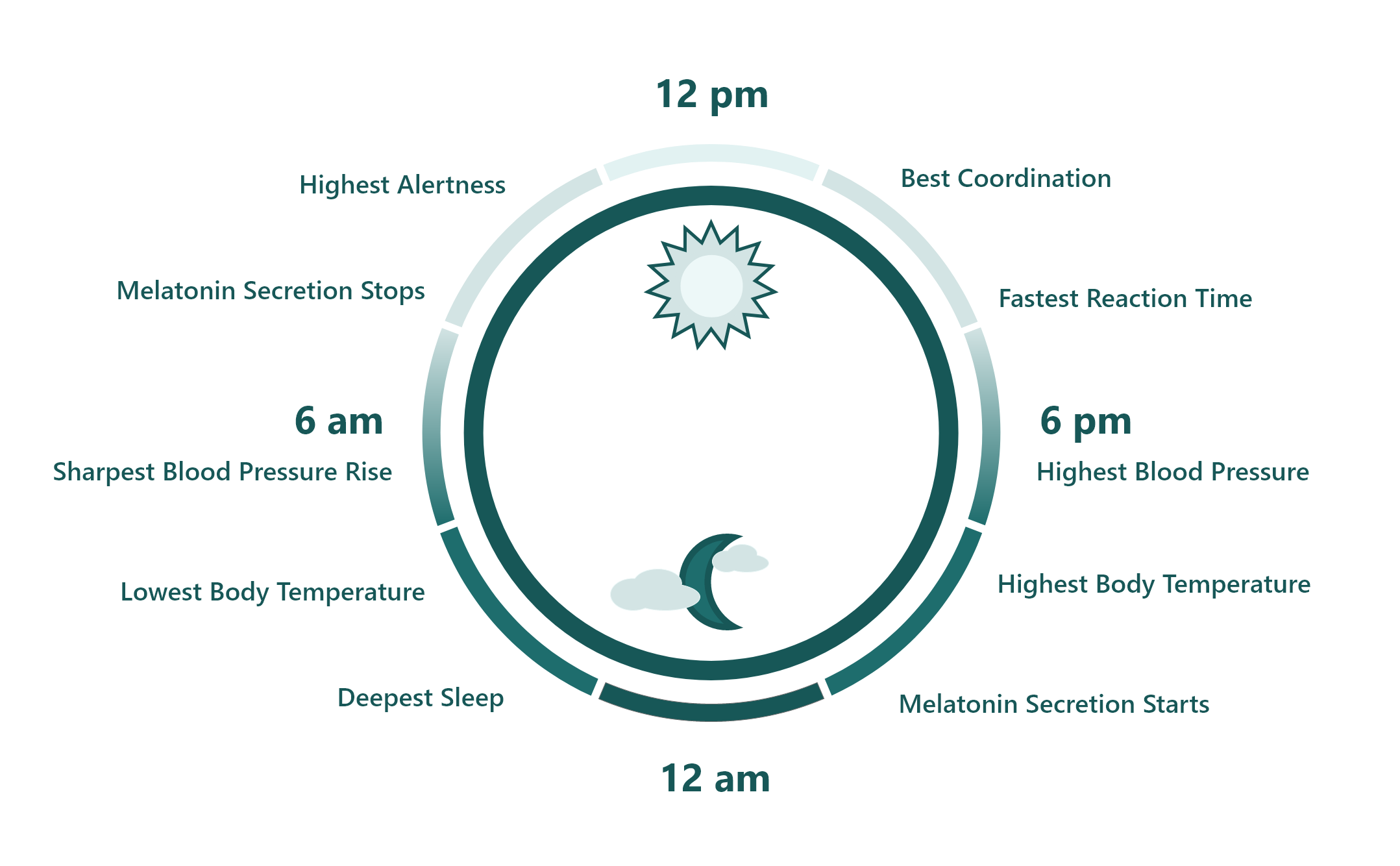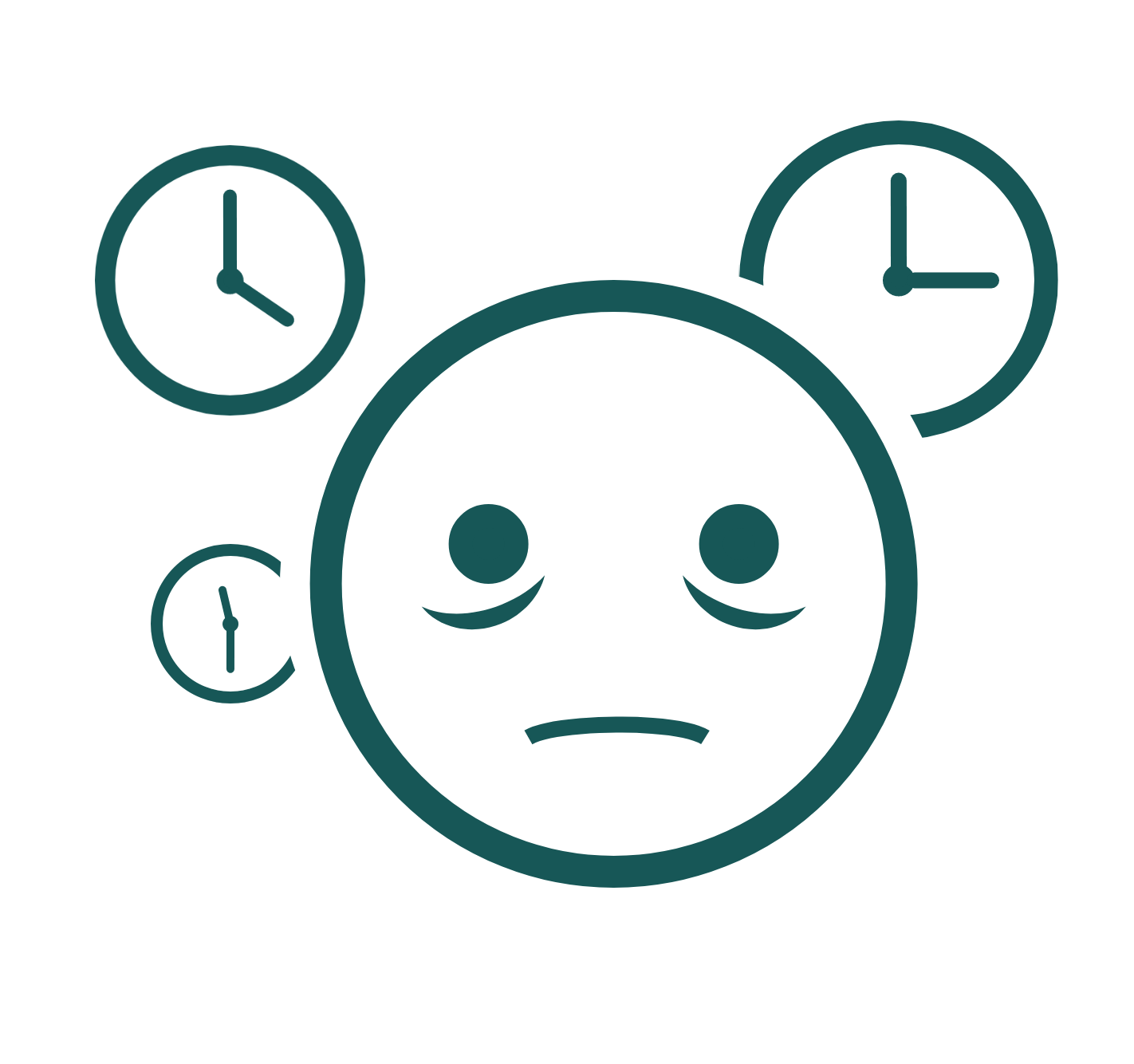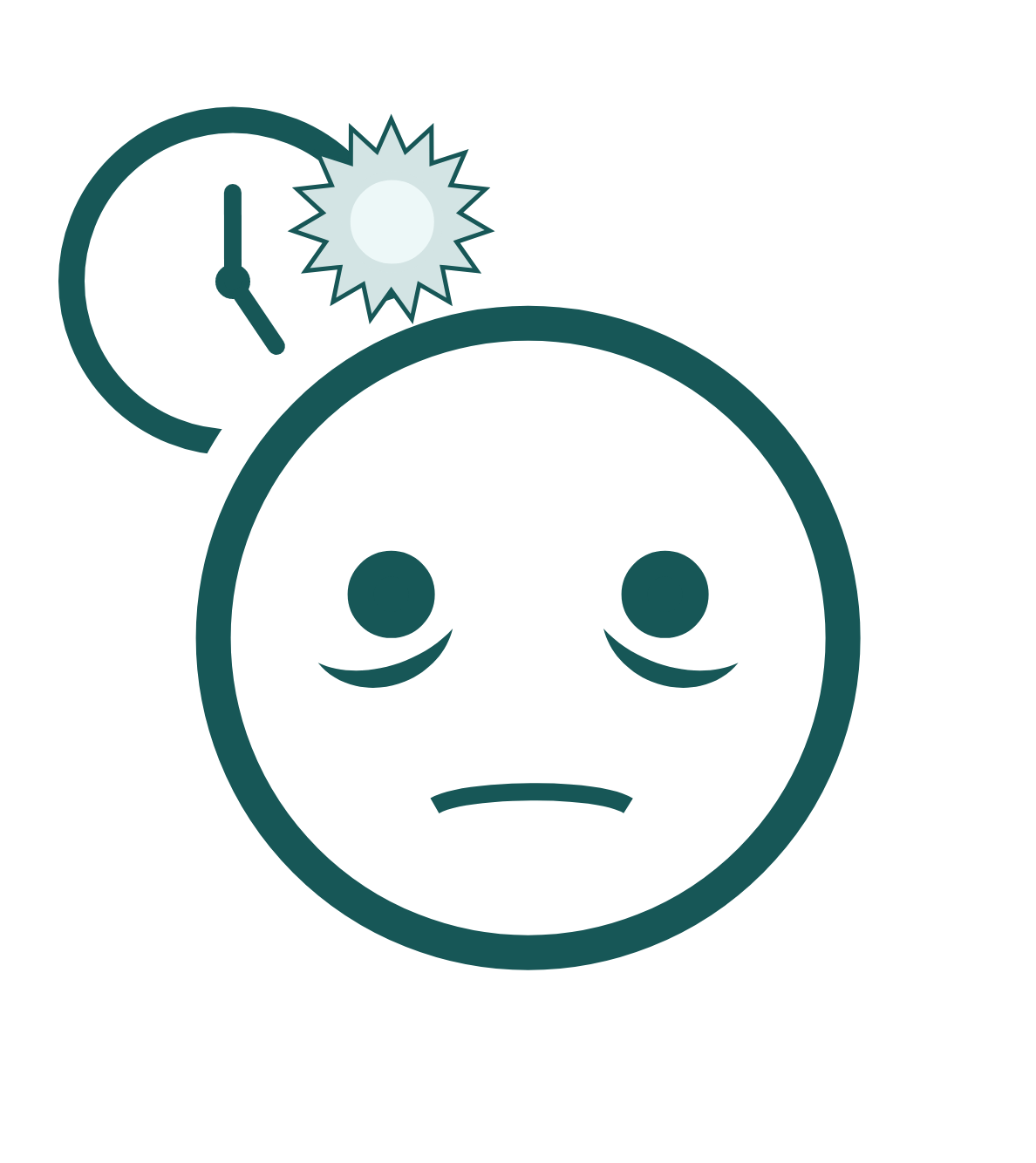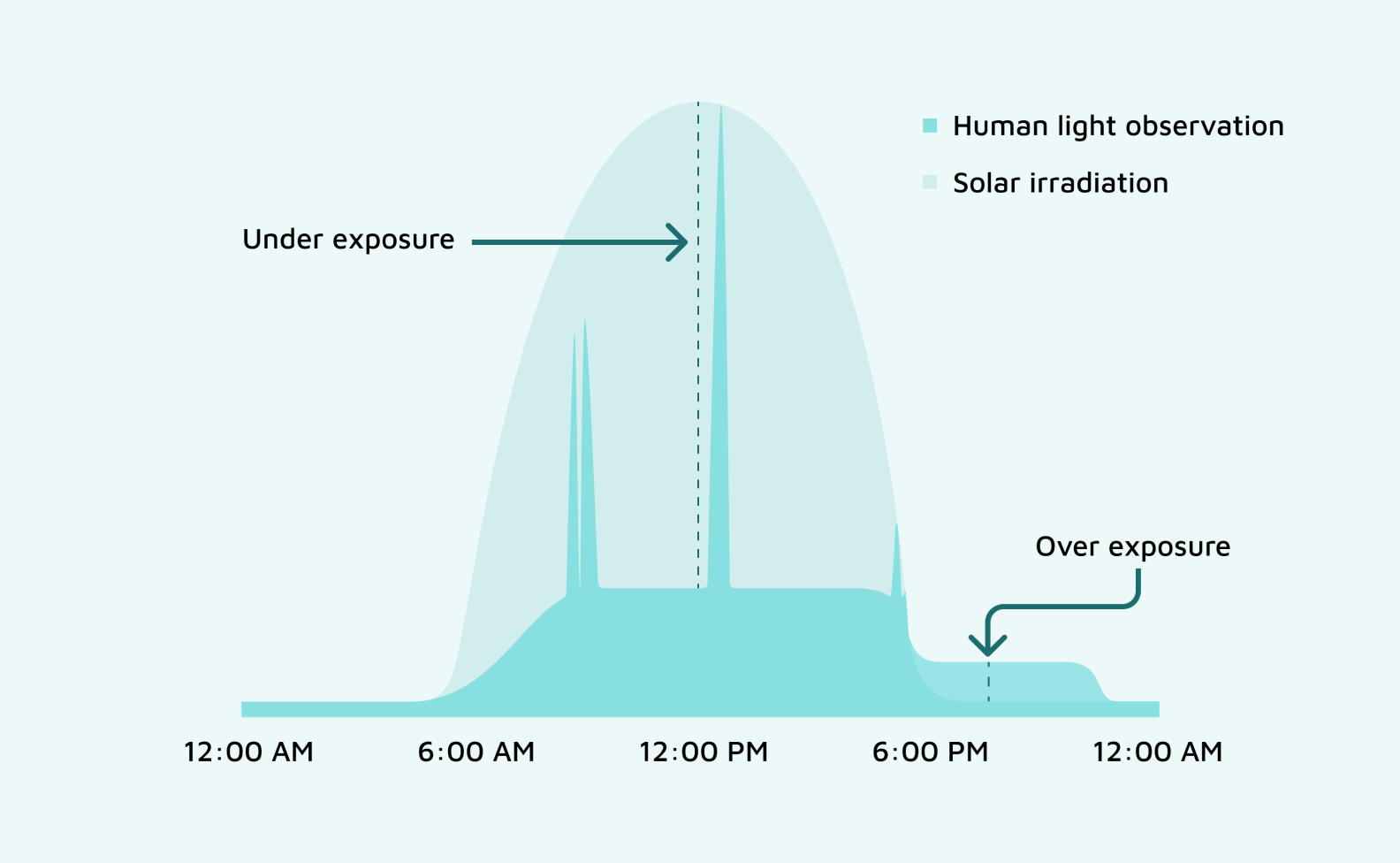%201.png)




A 2016 RAND report estimated that employees sleeping fewer than seven hours per night cost the US more than $400bn a year, and the UK $40bn a year.
These problems are not just limited to adults. Adolescents need 8 to 10 hours of sleep per night. But, more than two-thirds of US high school students report getting less than 8 hours of sleep on school nights. The trends suggest that students in higher grades are more susceptible to sleep shortage compared to their younger counterparts.
It could be said that we are all a part of a silent sleep disorder epidemic and must work on increasing awareness and developing solutions that help our societies at large.
Your circadian rhythm is like an internal clock with a period of approximately 24 hours. It is entrainable meaning your circadian rhythm can be coupled to a zeitgeber (oscillation forces). When we have relatively consistent timed zeitgebers it can support stable entrainment. For example, when we consistently receive high light exposure during the day, and minimal light at night. Ideally, we want the internal period (circadian rhythm) to be synchronized with the external period (light/dark cycle).
The 24-hour light/dark cycle is the primary zeitgeber for humans and when they are synchronized, we are able to initiate biological processes to help us function optimally.
When we sense bright light as opposed to soft and warm light, our bodies release different hormones.

Cortisol levels increase when we sense more light, and we become more alert

Melatonin is released when we see less light, to make us more tired

Sunlight ranges between 50,000 and 100,000 lux, much higher than the average indoor light bulb of 250 to 500 lux.
The graph below demonstrates the light exposure we typically experience, especially during the winter. As you can see we are mostly under-exposed to light during the day (except for times we either step out for a walk or drive in a car) and over-exposed at the night. These problems are not just limited to adults. Adolescents need 8 to 10 hours of sleep per night. But, more than two-thirds of US high school students report getting less than 8 hours of sleep on school nights. The trends suggest that students in higher grades are more susceptible to sleep shortage compared to their younger counterparts.

The most sensitive type of cell to blue light are ipRGCs, therefore when we see blue light, it might not seem very bright, but it can have a powerful effect on your biology.